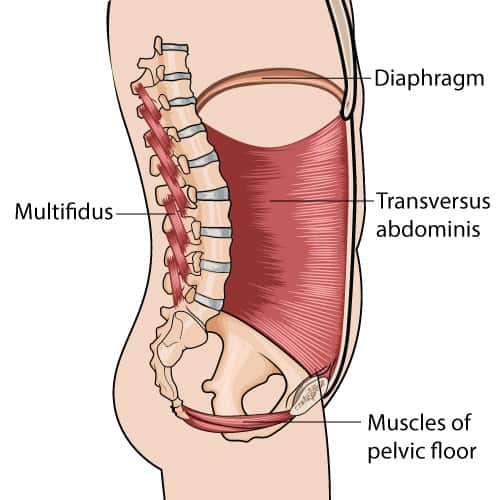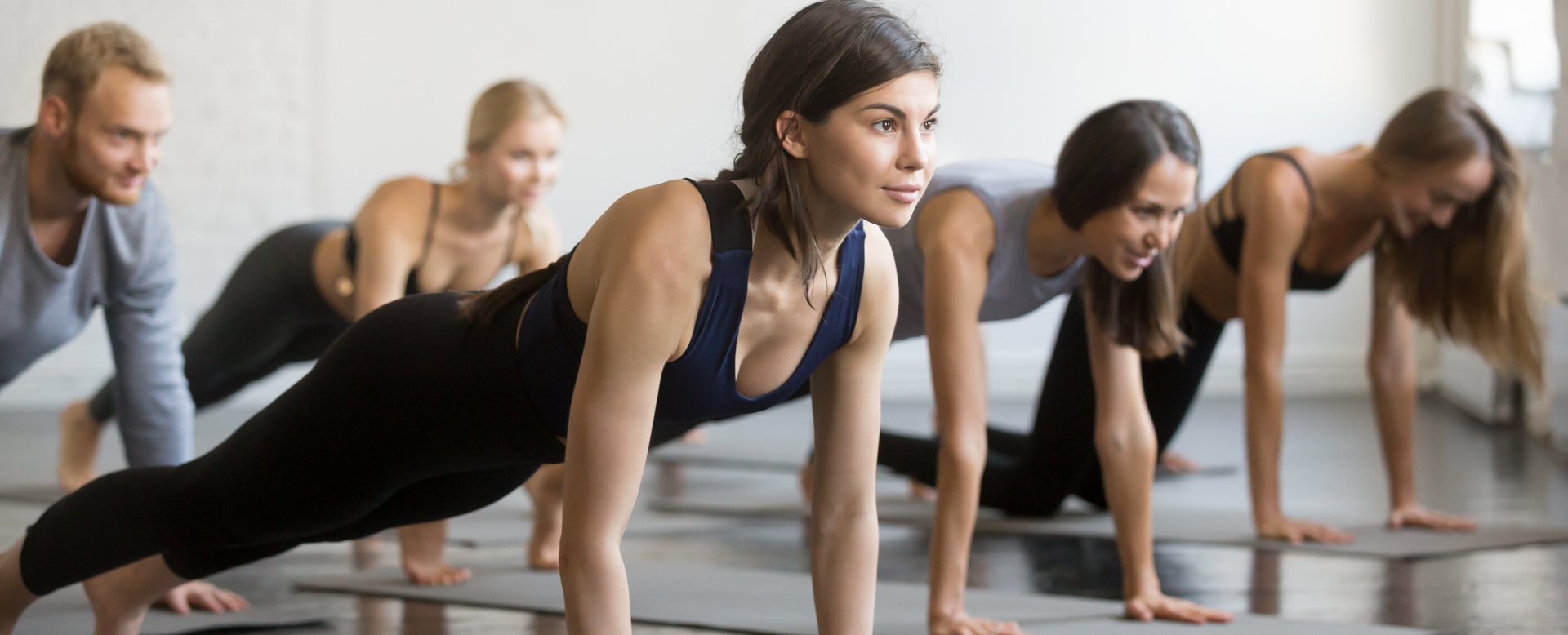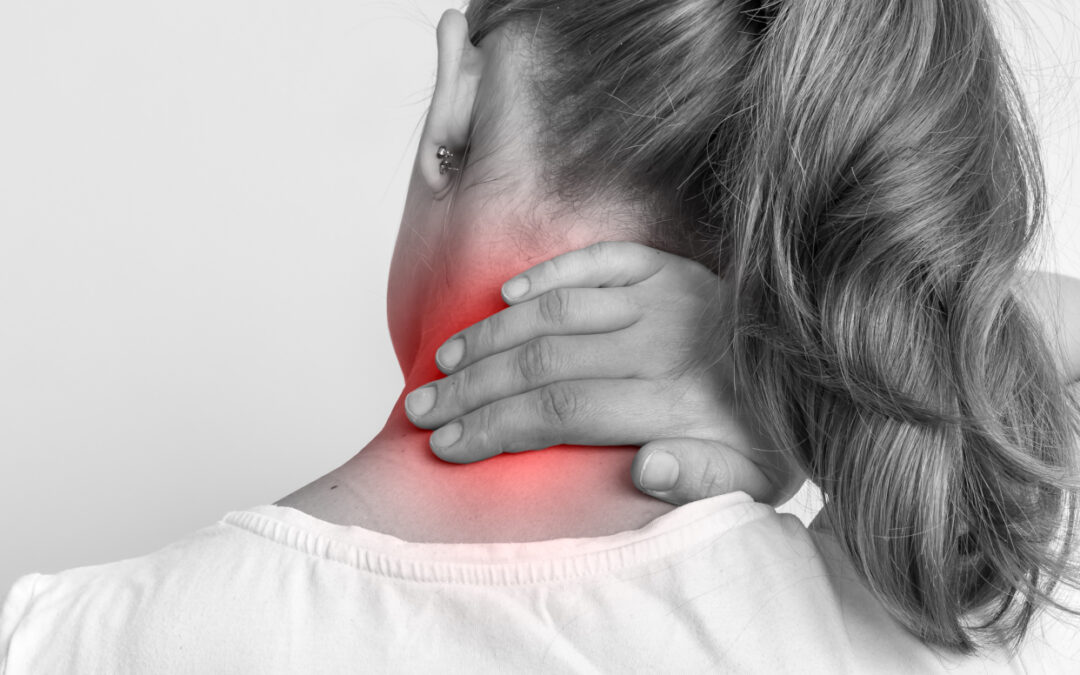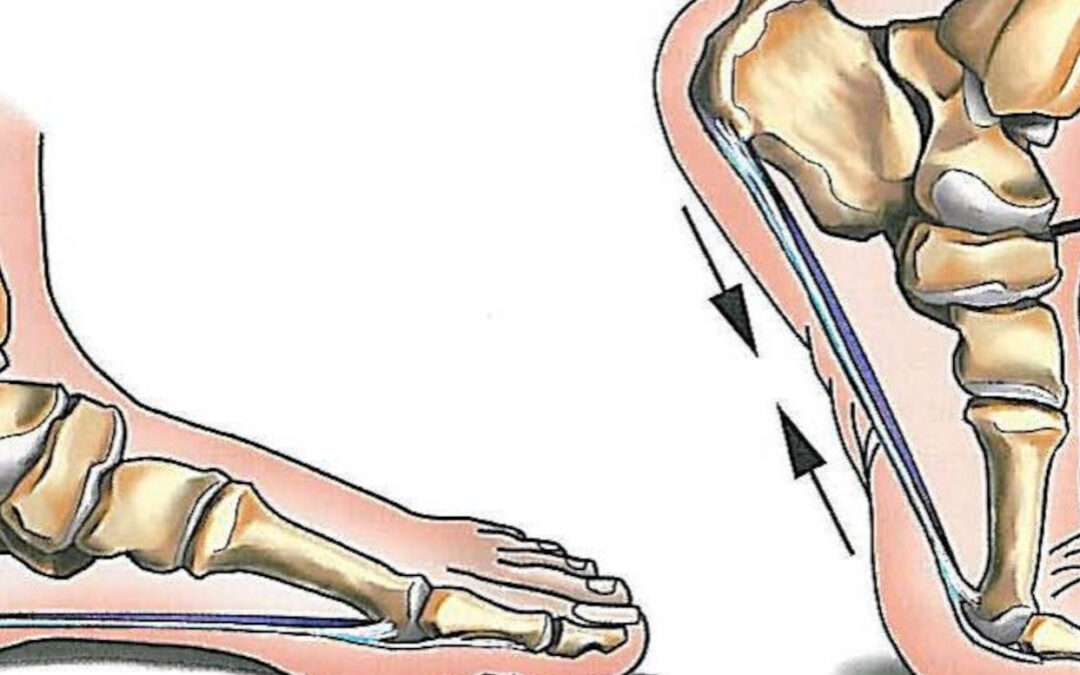So you go to an exercise class, and the instructor shouts ‘engage your core’ .. And you are left thinking I think I am?
There are lots of opposing views on core stability and strength in the rehabilitation world but I am firm believer in training the core system to optimise function… they are muscles and all muscles can be trained to perform well.
In the presence of pain or injury, muscles can become inhibited and stop working efficiently. If we think about recovering from knee surgery, we would strengthen the surrounding muscles (quadriceps, calf complex, hamstrings) as part of an integrated rehabilitation programme to regain strength and control of the knee. The core muscles can be viewed in a similar way. Perhaps through a back injury, pregnancy, trauma, poor training technique or just a sedentary lifestyle, these muscles can become inhibited, decreasing the ability of the trunk to provide a stable base to move from and transfer force effectively. With this thought process, it makes sense to spend a little time retraining these muscles back to full function.
First we will talk about what people are referring to when they say your core, and then give some tips on how to isolate, activate and finally integrate your deep core system.
Depending on where you look for your answers there are different muscle groups included in the definition of the core musculature, but it is widely accepted that the following muscles make up your deep inner core unit.
-Transverse abdominus (Trans abs) – wraps around the torso like a corset, drawing the trunk inwards as it contracts.
-Pelvic floor muscles – support our internal organs and control bladder and bowel function
-Diaphragm – draws air into the lungs for gas exchange and creates pressure in the trunk
-Multifidus – provide static and dynamic stability to the spine.
Some authors go on to include the psoas muscle as it has a role as a major spinal stabiliser (not shown).

The main function of the core system is to manage pressure through the trunk and aid with force transmission between the limbs and body. When functioning well, these muscles work in an anticipatory fashion, activating just before movement occurs to stabilise the trunk against movement of the limbs. They also provide vital muscular support for our internal organs.
It is helpful to think of the core muscles like a canister with the diaphragm forming the top, the trans abs creating the sides and front, the multifidus creating the back of the canister and the pelvic floor muscles at the bottom, providing support like a hammock. We want these muscles to work together as we move.
The diaphragm is the driver of this canister. As we breathe in, the diaphragm draws down to pull air into the lungs, the pelvic floor muscles lengthen under control and the ribs and belly expand as pressure increases within the trunk. As we exhale there is a natural recoil of this movement, with a rising of the diaphragm as air is breathed out of the lungs and a ‘lifting’ of the pelvic floor muscles. The multifidus muscles work synergistically with these muscles throughout the breath cycle.

The only way we can know if we are doing things right and using the muscles in the right way is to be able to isolate and feel the muscles working independently, then integrate this with proper breathing mechanics and bring it back into function. More on breathing mechanics can be found here https://ellynashat.co.uk/the-art-of-breathing
Tuning into your core muscles
In the words of Dianne Lee, pelvic health specialist “You cannot strengthen a muscle your brain cannot activate.” so it pays to spend some time tuning into your body before loading it.
Below are two techniques to practice to help isolate your trans abs and pelvic floor muscles and understand the co-contraction that occurs between them, working with the breath to get the canister moving in the correct way. Finally we add it into a functional activity to get you feeling how the system works in movement.
1:Trans abs activation
In lying have your knees bent. Find your bony points on the front of your pelvis and then move your fingers in an inch and down an inch pressing into the lower abdominal tissue.
Take a breath in, allowing your ribs and belly to expand. As you breathe fully out right to the end of your breath, imagine drawing your lower belly away from your fingers towards your spine. release again as you breath in and repeat. You should feel a slight tensing of the muscles underneath your fingers as you exhale but with a sense of the belly moving towards the spine, not out into your hands. Repeat 10 times. Now try to hold a gentle 5-10% contraction while taking a few normal breaths.
2: Pelvic floor activation
In the same start position with your hands pressing into your lower abdominals, this time just above your pubic bone. Take a breath in, allowing your ribs and belly to expand. As you fully exhale, imagine stopping yourself passing urine and stopping wind. You should feel a similar contraction under your fingers because these pelvic floor muscles CO-CONTRACT with your trans abs. Release fully and repeat 10 times. Now try to hold a gentle 5-10% contraction while taking a few normal breaths. Check that you are not gripping your bottom muscles to help or tucking your bottom under, they should be relaxed throughout ( this is a sneaky cheat we sometimes employ, using the glutes rather than the deep core unit👍)
Bringing into function.
A nice way to start to feel this activation working for you is to incorporate it into a functional exercise such as a squat. Inhale as you lower, and exhale on your return to standing with a gentle engagement of pelvic floor and deep abdominals. The ‘effort’ part of our squat is the return to standing as we move against gravity. The same principle can be applied to your lunge, deadlift, or any movement pattern of your choice. Use a big exhale to emphasis this initially to help you feel it.
So now you can identify, and activate your deep core unit and use it to facilitate optimal loading and force transfer through your body. This applies not just during exercise but any activity, be that standing up from a chair, lifting a wriggly toddler or carrying the shopping. If we use the ‘exhale on effort’ motto when we are performing an activity, we can use this deep core system to provide strength, support and stability to the trunk to help us move optimally during the challenging phase of the activity.
References:
Image 1: Core muscles. Available at https://mstrust.org.uk/sites/default/files/posture-core-stability-muscles.png [Accessed 11/04/21]
Image 2: Core activation; The expansion and compression cycle of the breath cycle. Available at https://www.burrelleducation.com/wp-content/uploads/2014/01/Breathe_titled.gif [Accessed 22/3/21]
Dianne Lee: Core training vs strength training. Available online at https://dianeleephysio.com/education/core-training-vs-strengthening/. [Accessed 22/3/21]




